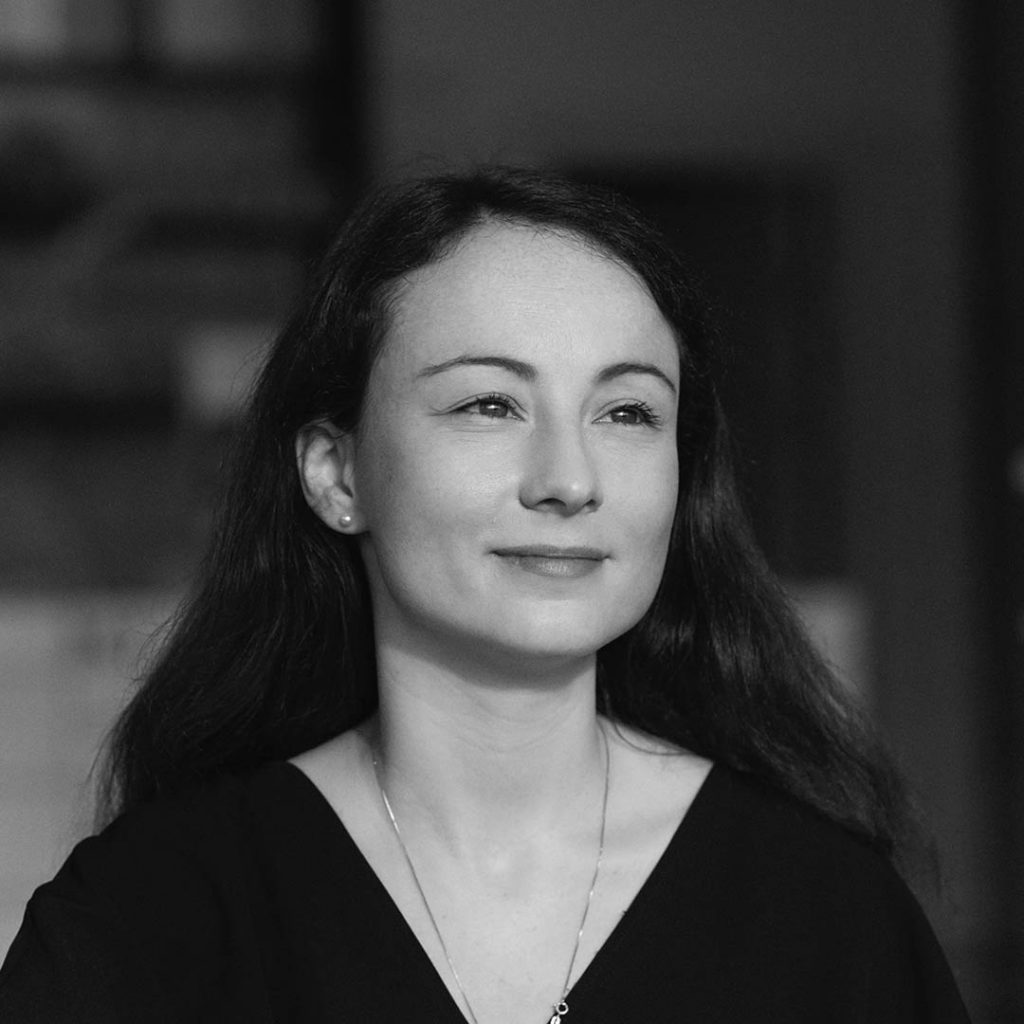HUNGRY ECOCITIES > Humanizing Technology Experiments

Future Protein
With a focus on mussels as a sustainable protein source, this project aims to create a Mussel ID system for food transparency. Additionally, a series of products made from mussel shells will be developed, adding value to this vital marine resource.
DIRECTION OF EXPERIMENTATION
Local Conditions & City+Farming Synergies & Mega Scale
TECH TAGS
#IoT sensoring #parametric design #augmented reality #3d printing #data visualisation
TEAM
IM-A Studio + Carlo Ratti Associati + Studio Other Spaces + EatThis + Brno University of Technology + Gluon
PROJECT SUMMARY
“The Future Protein” project envisions creating a digital prototype that we call Mussel ID. Mussel ID is an interface of an AI-based trading platform whose main assets are protein and CO2. There are two main processes behind protein consumption: carbon collection (growth) and storage (waste management and bio-based materials).
According to the European Commission, aquaculture is the fastest-growing food production sector in the world, which also plays an essential role in preserving maritime river and fishing culture. Mussel farming has a significant part in total aquaculture in Europe, while, at the same time, it has been decreasing for the last ten years. In this project we will investigate the broader picture of mussel production in Europe.
There is an unbelievable potential of aquaculture and shellfish farming. First, shellfish are full of proteins; second, they grow fast; and third, they filter water during the growing process and collect CO2. In addition, if the shells are recycled correctly or used as biomaterials, they will keep storing the carbon and not re-emit it into the environment. It is a very different process compared to conventional intensive farming, which does not require harmful to the environment practices.
In this case, Mussel ID can become a communication and trading tool between the business, government and final customers. AI predicts the value of the mussel based on all relevant measures: as food, as CO2 storer, as water cleaner, as bio-based material, as reproducer for new mussels, etc. Adding blockchain technology to store this information will allow the automated mussel farm to regulate itself based on these predictions. I.e. mussels will ‘tell’ when to harvest them to get the balanced value for the environment/protein source. Food sharing is a sociable form of gathering (also often associated with memorials) and will be used as a vehicle for community building around the crucial issue.


ARTIST
IM-A Studio
IM-A Studio is an artistic duo: Katya Bryskina and Nataly Khadziakova. We design the future of living and look for a third entity between nature and technology. The studio’s work incorporates cutting-edge technologies, bio-based material research and speculative narratives to poetically explore our possible futures through the medium of art.
We create systems and objects at the intersection between art, architecture and designthrough a diverse range of mediums, from spatial installations and landscapes to conceptual artefacts. The studio’s projects investigate the interconnectivity between the different layers of the Earth, from the micro to macro perspectives, on a microbial to planetary scale. Our studio aims to manifest nature through the symbiotic relationship between living and synthetic, circular design strategies and context-sensitive technologies to supplement existing ecosystems and overcome ecological crises.
We develop creative and design strategies for public institutions and companies and offer computational consultancy to help artists, architects, and collectives implement their ideas.
Collective learning, knowledge exchange and teaching are key values of IM-A Studio’s mission to reveal the uncanny beauty of art, architecture and design disciplines while developing new methodologies through research and experimentation. We provide lectures and workshops at world-renowned universities, as well as our own online course developed to help students and professionals improve the presentation qualities of their projects.
